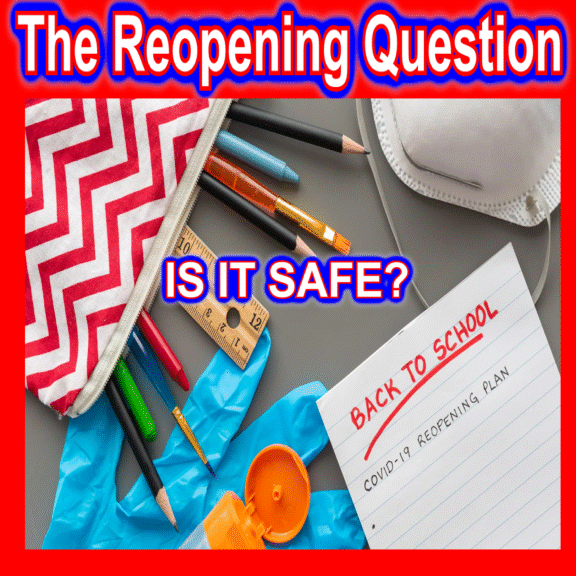Teachers Are Worried About Schools Reopening & Here Are 15 Of Their Biggest Concerns
While some states have made progress in reducing new coronavirus cases, many others are battling new surges in infections after moving to reopen businesses. Despite these recent spikes, President Donald Trump has been pushing states to reopen schools for full-time, in-person instruction. As debate over reopening schools heats up, teachers are worried about schools reopening and have shared their biggest concerns.
Across the country, school districts are grappling with when and how to reopen amid the ongoing coronavirus pandemic. While the Trump administration has called for schools to fully reopen in the fall, many teachers have questioned how safe and feasible such a demand really is. From questions about the practicality of social distancing on school buses and in small classrooms to concerns about who'll pay for the needed sanitizing supplies and face masks, it's clear that reopening schools is much more complicated than it initially sounds, and educators rightfully have concerns.
In New Jersey, English teacher Sarah Mulhern Gross crowdsourced nearly 400 questions from her fellow New Jersey educators. These included questions as to whether surviving spouses would be provided with a life insurance payout if a teacher died after contracting COVID-19 while teaching? Whether teachers could be held liable and sued if a student contracted COVID-19 from their classroom? Will districts cover the health insurance costs of a substitute teacher who gets sick when covering for an infected teacher?
The list goes on. Questions about testing, cleaning, funding, contact tracing, exposure protocol, job security, hybrid learning models, and how schools will ensure parents are properly monitoring their children's health fill the list, emphasizing teachers' well-thought out concerns. Below are 15 additional concerns teachers have raised about reopening schools while coronavirus cases continue to rise:
Where Is The Funding?
In a tweet shared on July 6, the head of the country's second largest teacher's labor union pushed back against the president's call to reopen schools in the fall by asking where funding and safety plans for said reopening were.
"Where is the funding?" Randi Weingarten, president of the American Federation of Teachers tweeted. "Where are the safety plans?"

































 “Though we are politically enemies, yet with regard to Science it is presumable we shall not dissent from the practice of civilized people in promoting it”
“Though we are politically enemies, yet with regard to Science it is presumable we shall not dissent from the practice of civilized people in promoting it”
